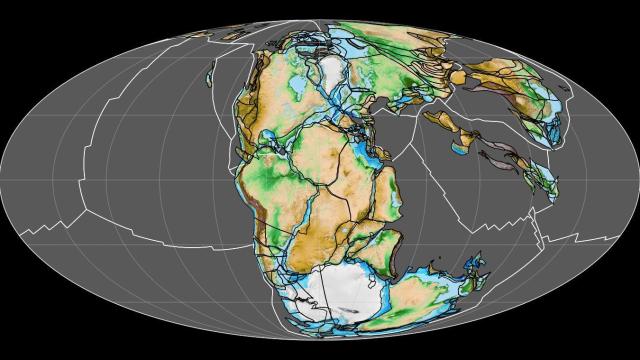The Universe Is Very Slowly Dying As Scientists Helplessly Look On
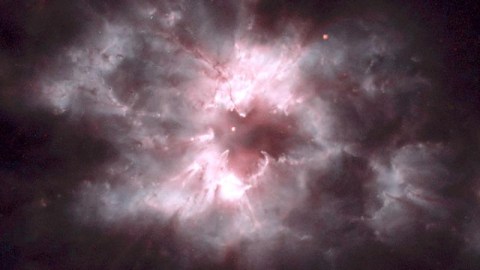
The inevitable long, slow decline is accelerating, and there’s nothing we can do.
The Universe, as it is today, is less active, is forming fewer stars, and is creating fewer chances for new life than ever before. To put it bluntly, the Universe’s best days are not only behind it, but things are getting progressively worse and worse as time goes on. As we extrapolate what’s going to happen farther and farther ahead into the future, we’re left with one and only one predicted outcome: the Universe is going to wind up completely dead, with no means of extracting energy in the future. We’re going to reach a state of maximal entropy, which corresponds to the “heat death” of the Universe.
It might sound shocking, particularly given the fact that we can even see regions where new stars are forming with our naked eye, but it’s true. Not only are we, as humans, helpless to do anything about the fact that the Universe is dying, but our only hope for a different outcome is if the laws of physics are different from what the best evidence we have points to. Here’s the evidence we have that our Universe is already hurtling towards its demise, and the little bit of hope that remains.
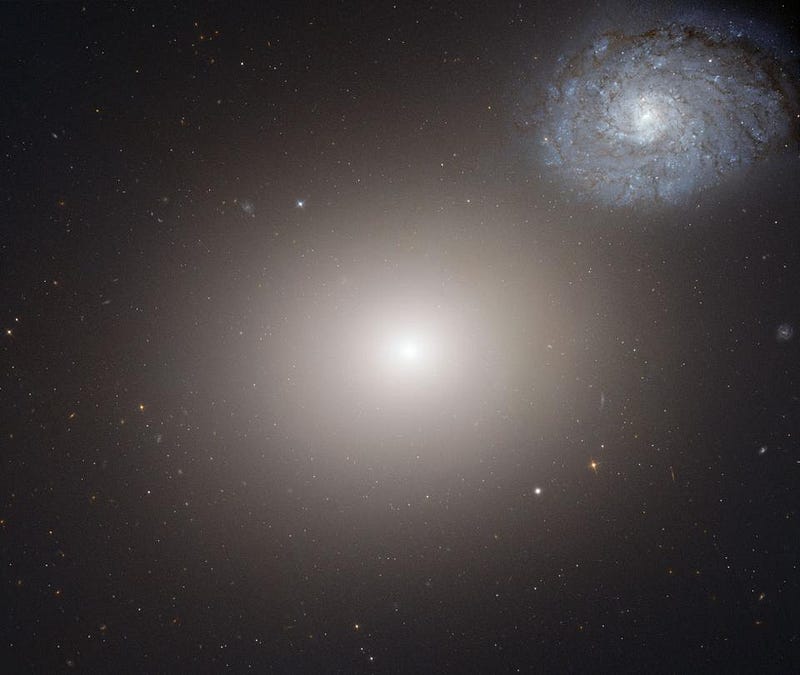
There are all sorts of different ways to look at the Universe, and to quantify what’s already occurred versus what’s remaining ahead of us. We can examine:
- the rate of star formation, and how it’s changed over the history of the Universe,
- the number of “chances for life” that presently exist, and how many more we can expect to arise in the future,
- the amount of star-forming material that remains,
- the cosmic race between gravity, which causes galactic growth and mergers, and expansion, which drives galaxies apart,
- the entropy of the Universe, and how it’s evolving,
- and all the different types of energy-releasing events that have occurred, are occurring, and will occur over the remainder of the Universe’s existence.
By every one of these metrics, the Universe is closer to its ultimate demise — and a totally “dead” state — not only than ever before, but than most scientists and laypersons alike realize. Most of the “stuff” that will ever happen in the Universe has already happened, as though a firehose of possibilities has been largely exhausted, and we’re down to a mere trickle today. Sure, there might be vestigial drops and droplets that come out even far into the future, but the sobering fact is that the Universe’s glory days are already long gone.
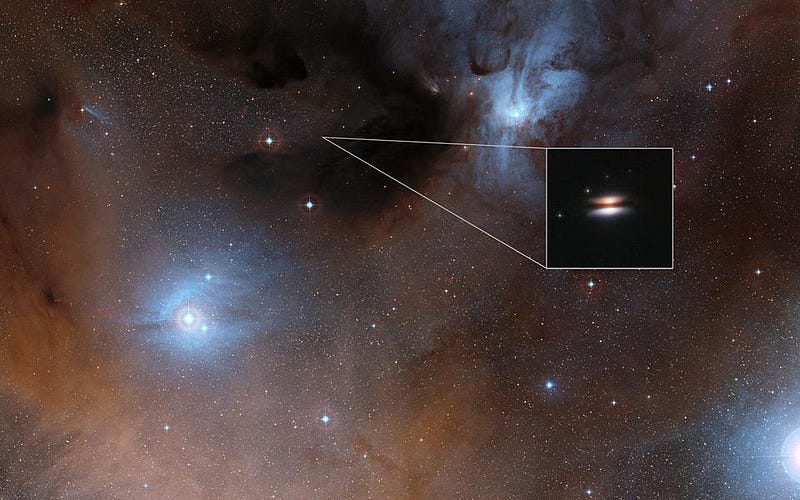
Star formation. When we look at the Universe, it’s still an active place. We have lots of places even in our own galaxy that are actively forming stars, like the nearby Orion Nebula. As a whole, a little less than 1 new solar mass’s worth of stars forms in our galaxy every year. Elsewhere in the Universe, there are plenty of galaxies with much larger star formation rates, including:
- galaxies undergoing major mergers,
- galaxies that are swallowing their companions,
- galaxies that are actively accreting gaseous material,
- galaxies that are gravitationally interacting with other, nearby galaxies,
- and galaxies that are simply undergoing an event where large gas clouds are gravitationally collapsing,
all of which trigger enormous bursts of star formation. In the most extreme case, the entire galaxy becomes a starburst galaxy: where the whole thing becomes one giant star-forming region. If we look ahead to our own future, we’re headed for a major merger ourselves in about 4 billion years — with our neighboring galaxy, Andromeda — and that’s going to trigger an enormous starburst in what will eventually become a combination of the two largest galaxies in our Local Group: Milkdromeda.
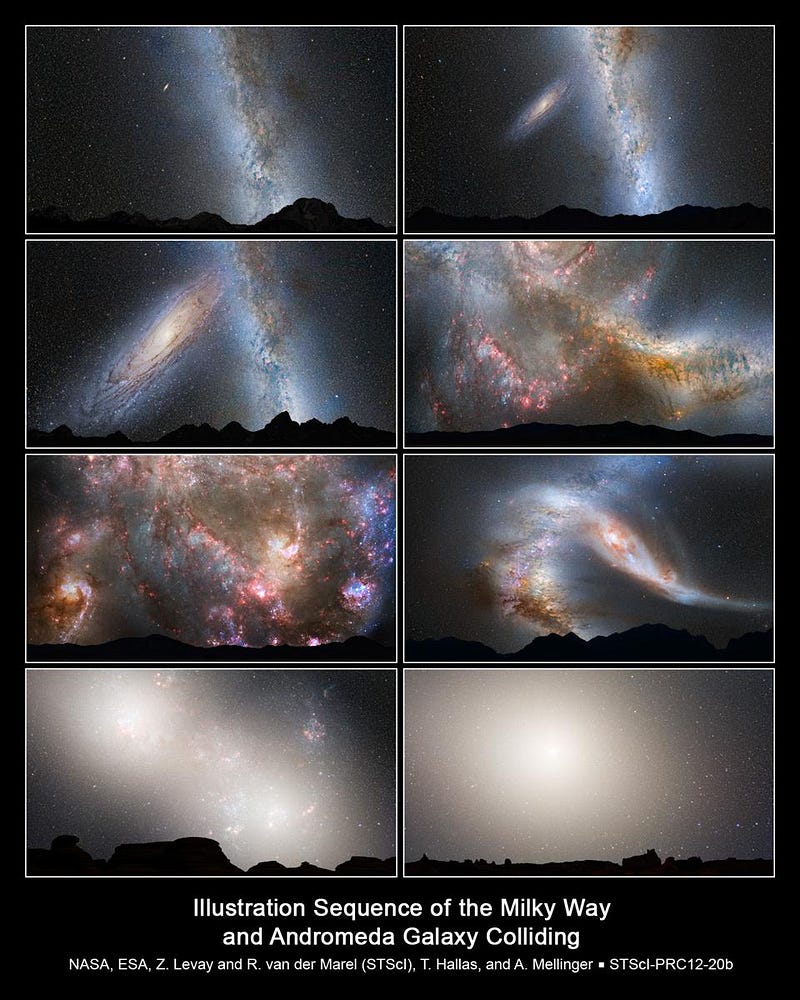
Unfortunately for our hopes, however, we can measure how frequently events like this occur now versus how frequently they occurred in the past. We can measure how prolific these starbursts events are versus how prolific they were, and with our measurements of the deep, distant Universe, we can reconstruct the star formation history of our cosmos.
We learn that the star formation rate was much greater in the past, peaking when the Universe was about 2-to-3 billion years old. That was the period of time where the greatest numbers of new stars formed, and the Universe’s star formation rate has been declining ever since. Most estimates, today, tell us that our present rate of star formation is only about 3-to-5% of what it was at its peak, and that it’s continuing to decline. The overwhelming majority of stars that will ever form in the Universe have already formed, and the star formation rate will only, overall, continue to plummet with time.
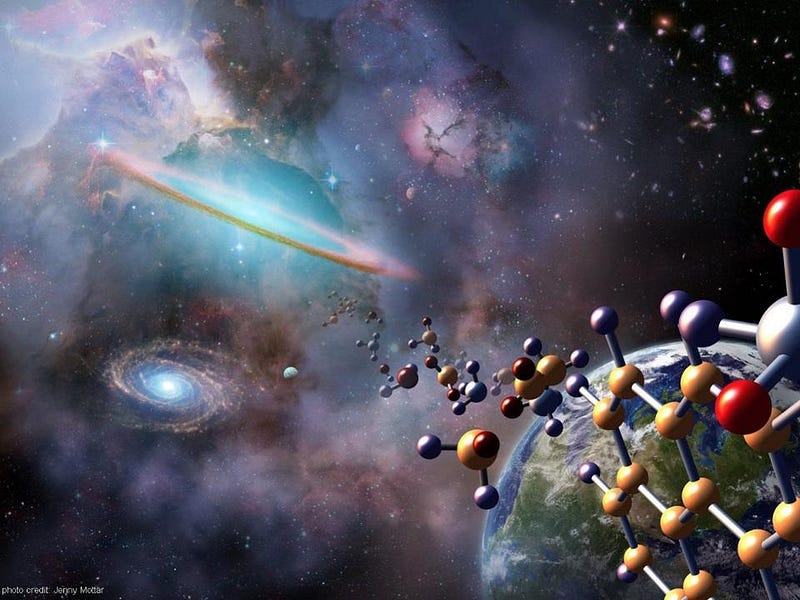
Chances for life. This metric might be a little better than the previous one, but not by much. If you want a chance for life in your Universe — at least, life as we presently understand it — you need a rocky world for it to exist and persist on. That world should have a continuous source of energy, like a stable parent star, and it should also have all the raw ingredients we know we need for life on our world: enough of the light and heavy elements to enable the processes we associate with life.
That means the earliest stars, which don’t have those heavier elements, are no good for life, meaning that life had better odds of arising later on. But there’s a drawback to this approach: as far as we understand it, the lightest and most common stars in the Universe, the low mass red dwarfs, are unsuitable for life, as their rocky planets should become tidally locked, will be subject to flaring and atmospheric stripping from the central star, and receive disproportionate amounts of ionizing radiation.
The vast majority of stars that could potentially house life have already formed, and the “trickle” of star formation that awaits us in the far future should produce systems that we presently disfavor for life. Although there are many more chances that will ensue, and they’ll be spread out over many billions or even possibly trillions of years, the overwhelming majority of such chances have already been taken by the Universe.
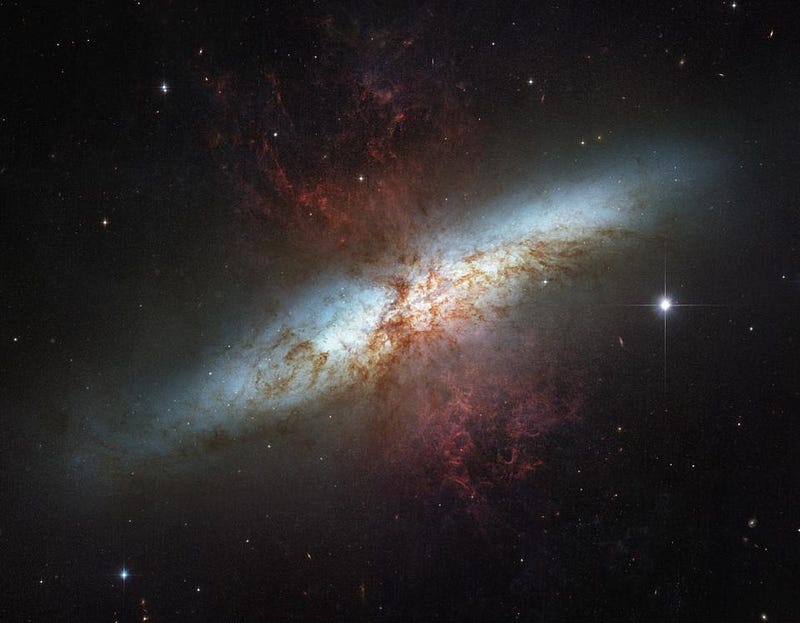
Star forming material remaining. This one is a challenge, because all you need to form new stars is unburned gas: mostly hydrogen but also helium. Even though we’ve had 13.8 billion years of history, that’s only been enough to shift the balance of our Universe from an initial split of 75% hydrogen/25% helium to approximately 70% hydrogen/28% helium/2% other; the Universe is still mostly hydrogen. When we undergo large star formation events, only about ~10% of that mass forms stars; the rest gets blown back into the interstellar medium, where it can participate in later such events.
But that’s not entirely true. As galaxies gravitate, merge, and form stars, the gaseous material that doesn’t get locked up in stars will get stripped out of the galaxies themselves: ejected into the intergalactic medium. As time goes on, fewer and fewer galaxies appear blue in color — where blue is the color of young, newly formed stars — and more and more of them become red, where no substantial star formation has occurred for billions of years.
Again, star formation reached its peak some 11 billion years ago, and has been declining ever since. There are more “red and dead” galaxies than ever before, and even Milkdromeda, the future giant galaxy that will dominate our local neighborhood, is itself predicted to become “red and dead” after about another 7 billion years. Even though the raw material is there to form tremendous numbers of new stars, in our Universe, most of it will never get the chance, and the next point explains why.
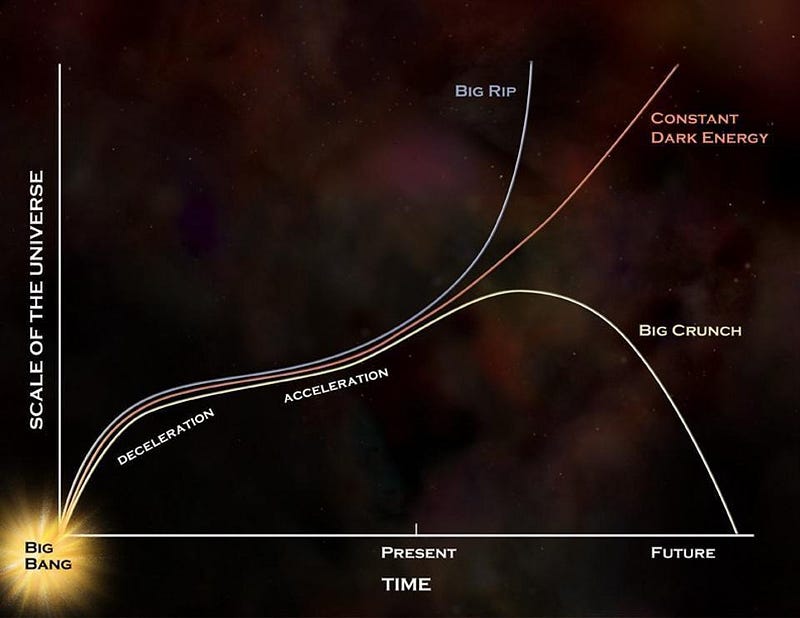
The cosmic race between gravity and the Universe’s expansion. For the first ~7 billion years of the Universe’s history, gravitation counteracted the expansion rate almost perfectly. On small scales, stars, star clusters, and galaxies formed; on larger scales, galaxy groups, clusters, and a great cosmic web began to form. As the Universe expanded, it got less dense, and about 6 billion years ago, it became diffuse enough that we started to experience a new effect: from dark energy. There was a form of energy inherent to space itself, and that prevents the expansion from slowing down further once we reach a certain point.
That means that the gravitationally bound structures that had formed by the time about 7-to-8 billion years had passed are it; from that point onwards, if anything wasn’t yet gravitationally bound, it never will be. Our galaxy groups and clusters today are already fixed; the Local Group will never merge with the Virgo Cluster, the Leo Group, and won’t even remain part of Laniakea, our so-called local supercluster. This is a race that’s already decided; the expansion won and gravity lost. As such,
- the merger rate of galaxies is currently plummeting,
- material that gets ejected into the intergalactic medium stays there,
- and the large, bound structures in the Universe have ceased to grow.
With dark energy dominating our Universe today, and with that level of dominance only increasing as time goes on, we’ve almost finished forming all the complex structures that will ever form in the cosmos. Unless we’ve got the nature of dark energy all wrong, this is where we are and also where we’re headed.
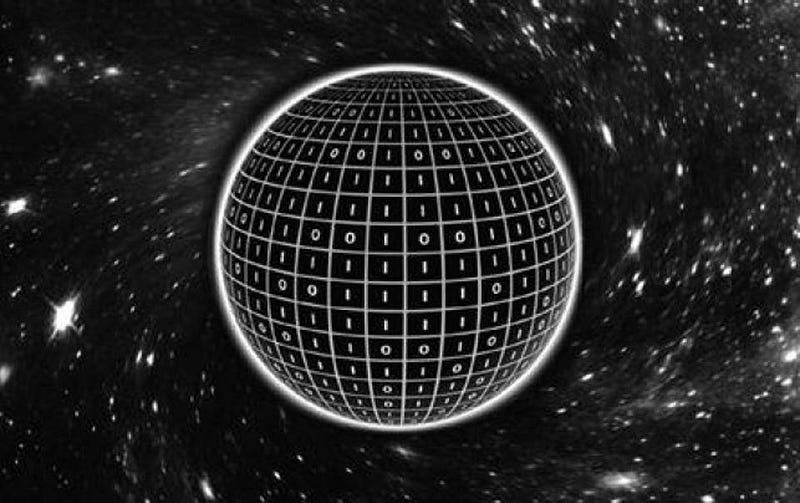
Entropy. This is an entirely different way to look at things: from the perspective of what we commonly call “disorder” in the Universe, but which more accurately is a measure of either:
- how many possible arrangements of your system there are that result in the same quantum state,
- or how much heat energy can be extracted from a system and turned into useful work.
Low-entropy systems can have lots of work extracted from them; high-entropy systems cannot. As the Universe ages, its entropy increases, and there’s less and less room for energy to be extracted and for useful work to be performed.
Useful work includes things like nuclear fusion converting matter into energy in the cores of stars, the creation of life from non-life, and metabolic processes. Unfortunately for us, the entropy of our Universe has increased dramatically: from S = 10⁸⁸ kB immediately following the Big Bang to S = 10¹⁰³ kB today, dominated by the Universe’s supermassive black holes. Unfortunately, this trend will continue until entropy reaches a value of ~10¹²⁰ kB, and when those black holes decay from Hawking radiation, there will hardly be any useful work that can be extracted from them. There just isn’t a whole lot to look forward to compared to what has already transpired.
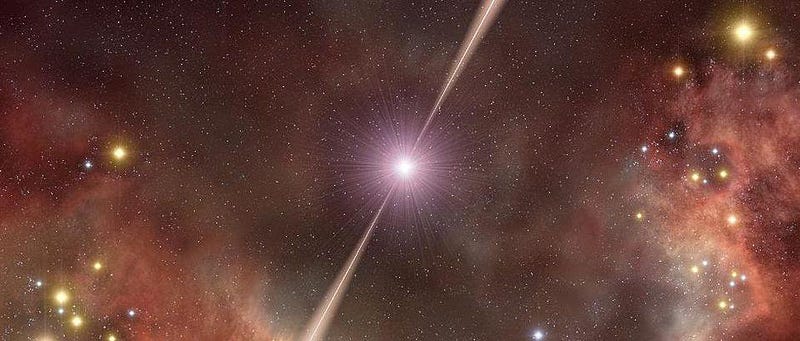
Energy-releasing events. Yes, nuclear fusion will continue in stars, particularly in the lowest-mass stars, for trillions and trillions of years. Stars and stellar remnants will merge together over time, re-igniting nuclear fusion, leading to novae and supernovae, and setting off gamma-ray bursts and other transient, energy-releasing events. Galactic nuclei and other mass sources will rip matter apart, creating tidal disruption events, while feeding black holes will accelerate matter and release radiation. There’s lots and lots of this still ahead of us in our cosmic future.
But once again, the majority of energy that has ever been released by these processes has already been released, and there’s a competing factor that prevents more objects from experiencing these sorts of cataclysms: gravitational interactions between objects. Over time, the heavier-mass objects sink to the center from the exchange of momentum and angular momentum, but lighter-mass objects get kicked out: a process known as violent relaxation.
Even though, if you left everything alone, stars and stellar remnants would all eventually run into one another within an object like a galaxy, this process ensures that, after about 10¹⁷ years go by, most of the objects that could undergo these cataclysms, eventually, would instead be kicked out. Meanwhile, the timescale for these cataclysms is, on average, thousands of times longer than that. Most of the Universe’s stellar remnants will simply wind up in intergalactic space, driven apart from one another by the eternally expanding Universe.
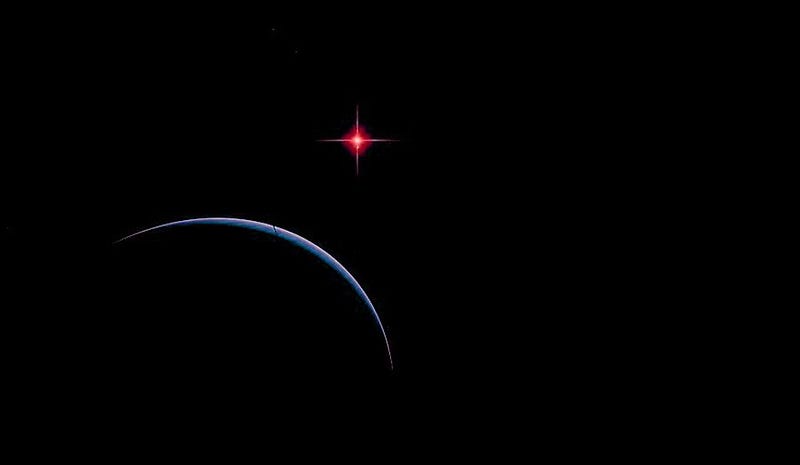
The Universe really is on track, to put it bluntly, to run out of ways to generate energy. Most of the stars that ever will form have already formed; most of the energy that will be extracted from matter in all its forms has already been extracted; most of the structures that will form have already finished forming; most of the chances for life that the Universe will get have already passed us by. By almost every metric we can measure the Universe by, its glory days are long behind it.
And yet, there’s still so much to observe and explore. There still are new stars being created, and will be for trillions of years. Energy is still being extracted, metabolic processes continue to occur, new planets are forming, and many new chances for worlds with life come into existence even in our cosmic backyard with each new year that passes. But unless we’ve gotten something wrong about the nature of dark energy — unless it evolves or changes sign in the future — most of what will ever occur in the Universe has already come to pass. The Universe may be dying in a metaphorical sense, but as long as there are stars, gas, and galaxies interacting and evolving, it will remain far from dead. It’s up to us, while we’re here, to learn as much about it as we can.
Starts With A Bang is written by Ethan Siegel, Ph.D., author of Beyond The Galaxy, and Treknology: The Science of Star Trek from Tricorders to Warp Drive.





